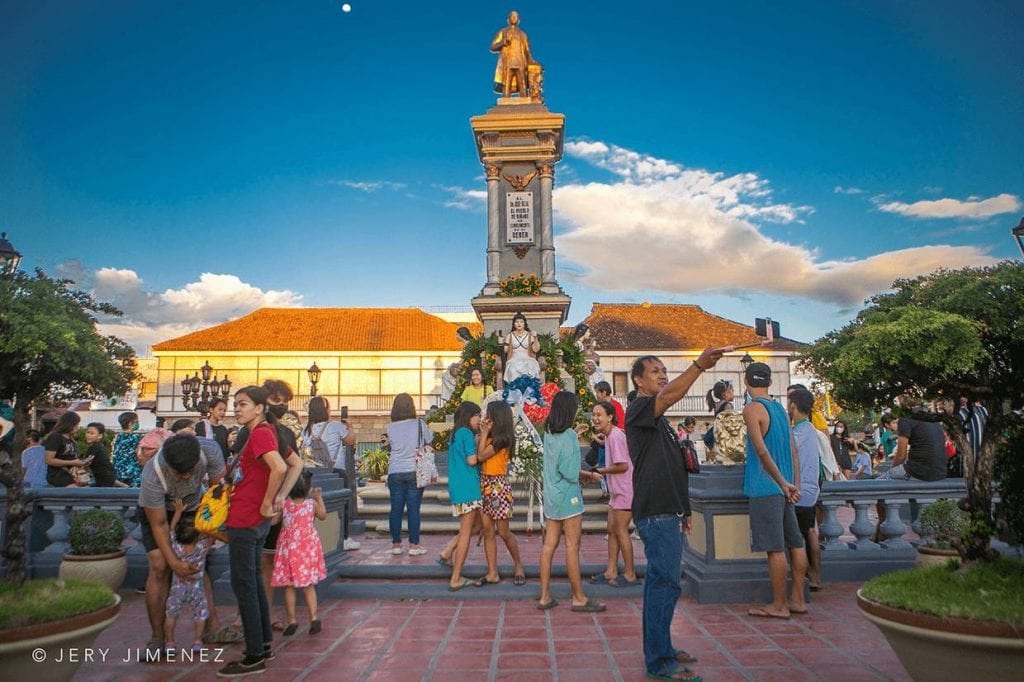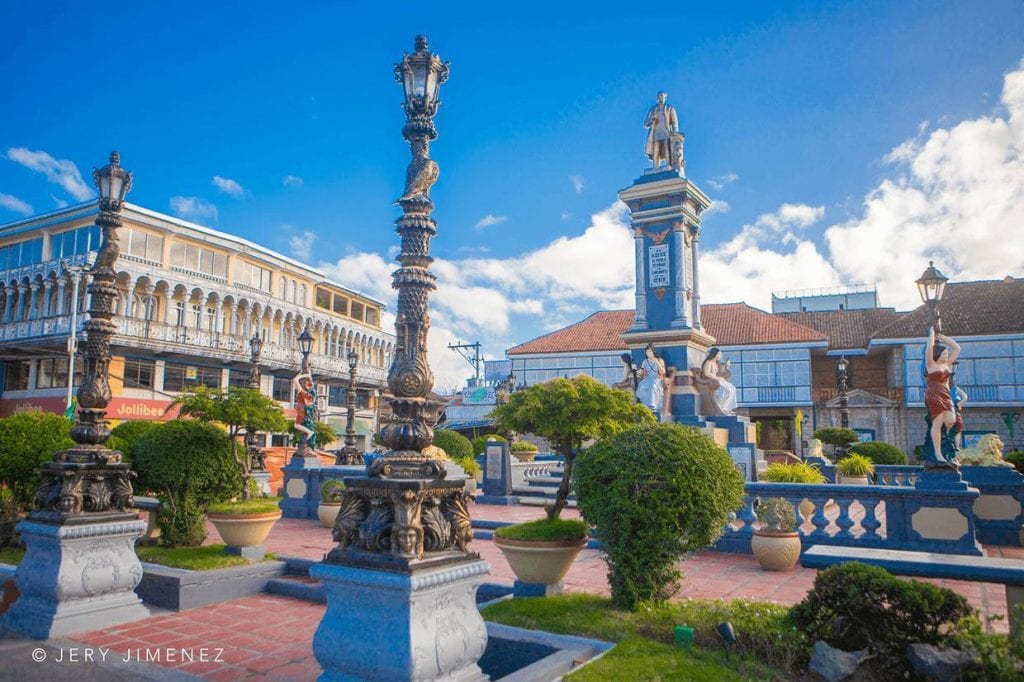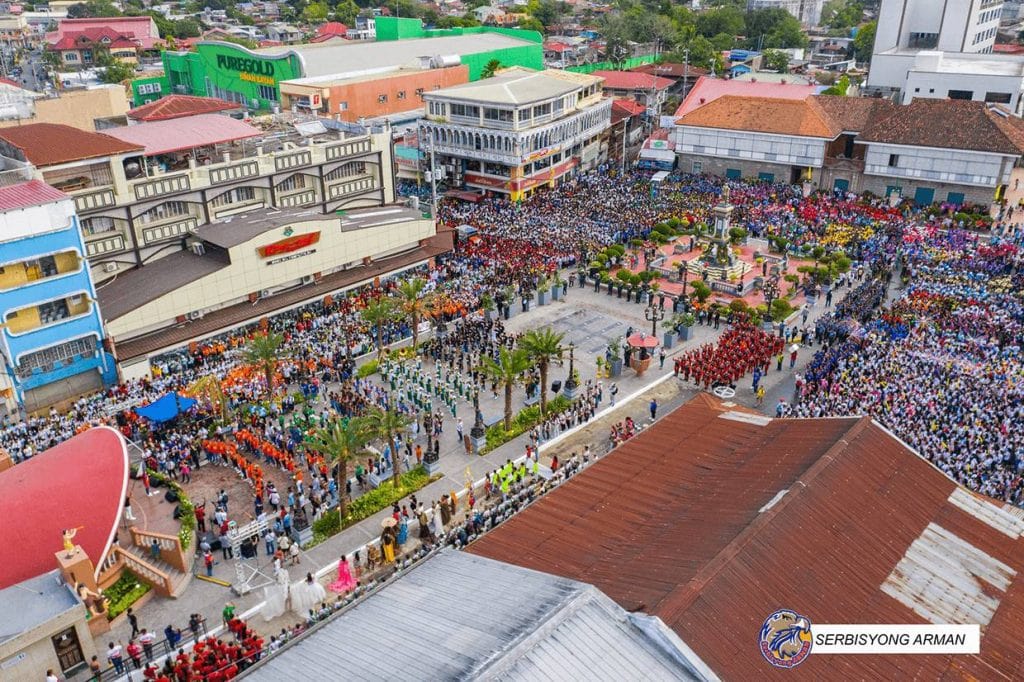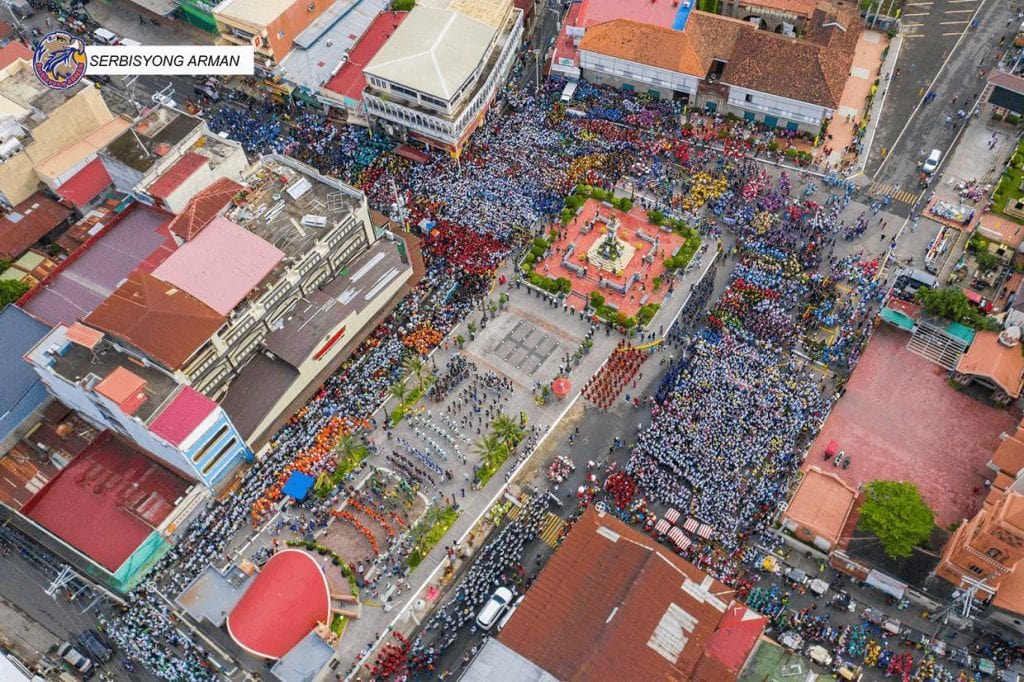In the Philippines, it’s always fascinating to travel back to the Spanish colonial period by walking through grand cathedrals and ancestral houses that have withstood years of wars and modernization.
It’s not surprising that many cities are transforming their streets into mini Calle Crisologo, or “building ruins” to infuse a rustic provincial touch. All of them are perfectly Instagrammable, but something feels lacking—the soul. We’re missing the history witnessed by original heritage houses, despite the crumbling roof and creaking floors. Where is the beautiful ghost of the cobblestoned eskinitas that used to be lined by actual bahay na tabla?
Since the turn of the century, Biñan in Laguna has focused on conserving what remains of its 19th-century houses or bahay na bato, as well as other tangible and intangible cultural gems. Whether through purchase or expropriation, the city government continues to save historical landmarks in this town that’s close to Jose Rizal’s heart.

On J. Gonzales Street stands the Congressional District Office of Biñan Rep. Marlyn Alonte-Naguiat. The location is strategically chosen to preserve one of the most notable bahay na bato in the city, while protecting the School of Rizal Site and Museum lying just behind the house. Needless to say, it is where the nine-year-old Jose Rizal studied under the strict maestro, Justiniano Aquino Cruz.
The ancestral house of Teodora Alonso, Rizal’s mother, has also been restored with the help of now Housing Secretary Jose “Jerry” Acuzar. Now, tourists can appreciate the Historic Alberto Mansion both in Las Casas de Acuzar and right in its original home at the Biñan plaza.

The young Rizal didn’t stay in that house, however, but in his paternal aunt’s home. Its exact place in the población is still unsure, but who knows? Just a few years ago, research finally confirmed the city’s liberation as February 3.
To commemorate Biñan’s 276th founding anniversary, as well as its 13th cityhood and 78th Liberation Day, Biñanenses gathered last week in a meta-celebration dubbed Araw ng Biñan. After almost three years of online events due to the pandemic, everyone was finally able to celebrate in person this time.
The three-day event started with the inauguration of Plaza Rizal, which connects the Biñan Rizal monument to the Los Maduros Stage, and turning it into an open recreational park.

In the 1950s, the defunct civic organization Los Maduros Club donated the said stage whose design is unique to Binan. The roof resembles the front of a bakya (Filipino wooden clogs), a quaint reminder of the town’s main industry in the last century.
The Plaza Rizal is surrounded by vintage-style commercial spaces, well-preserved ancestral houses, Diocesan Shrine and Parish of San Isidro Labrador de Biñan, Alberto Mansion, and the old municipal building that is now the Biñan City Culture, History, Arts and Tourism Office (BCHATO). Soon, Sentro ng Patanghal na Sining ng Biñan will rise there as well.

Restoring the Plaza not only enhances the aesthetic appeal of “Biñan Bayan” but ultimately increases its property value, including the private buildings around it. Gone is the small basketball court, which turns into a temporary parking space at times, but the plaza was also critiqued for not having enough green space. Therefore, the new park hopes to stimulate local tourism while revitalizing the old glory of the historical plaza.
“The inauguration of Plaza Rizal will definitely draw much attention from both local residents and tourists as it hopes to rekindle the values and ideas that we have come to associate with our National Hero Jose Rizal,” said the congresswoman.
Among other exciting events, the Araw ng Biñan unveiled the Galing Pook Award Marker.
In November last year, City Mayor Walfredo Dimaguila Jr., Vice Mayor Angelo Alonte and BCHATO head Bryan Jayson Borja represented Binan at the Malacanan Palace to accept one of the 10 Galing Pook Awards.
The city received the prestigious award for its “Balik-Biñan Project: Tourism Development Through Heritage Conservation.”
In an interview, Interior and Local Government Secretary Benhur Abalos, who was also Galing Pook Foundation’s chairman of the Board of Judges, said that Biñan “incorporates its cultural identity in the city government’s core projects.”
“To preserve the local history and traditions, culture-based governance became one of the top priorities of the city. It became the forefront of the revitalization efforts to the historically and culturally rich old Biñan.
